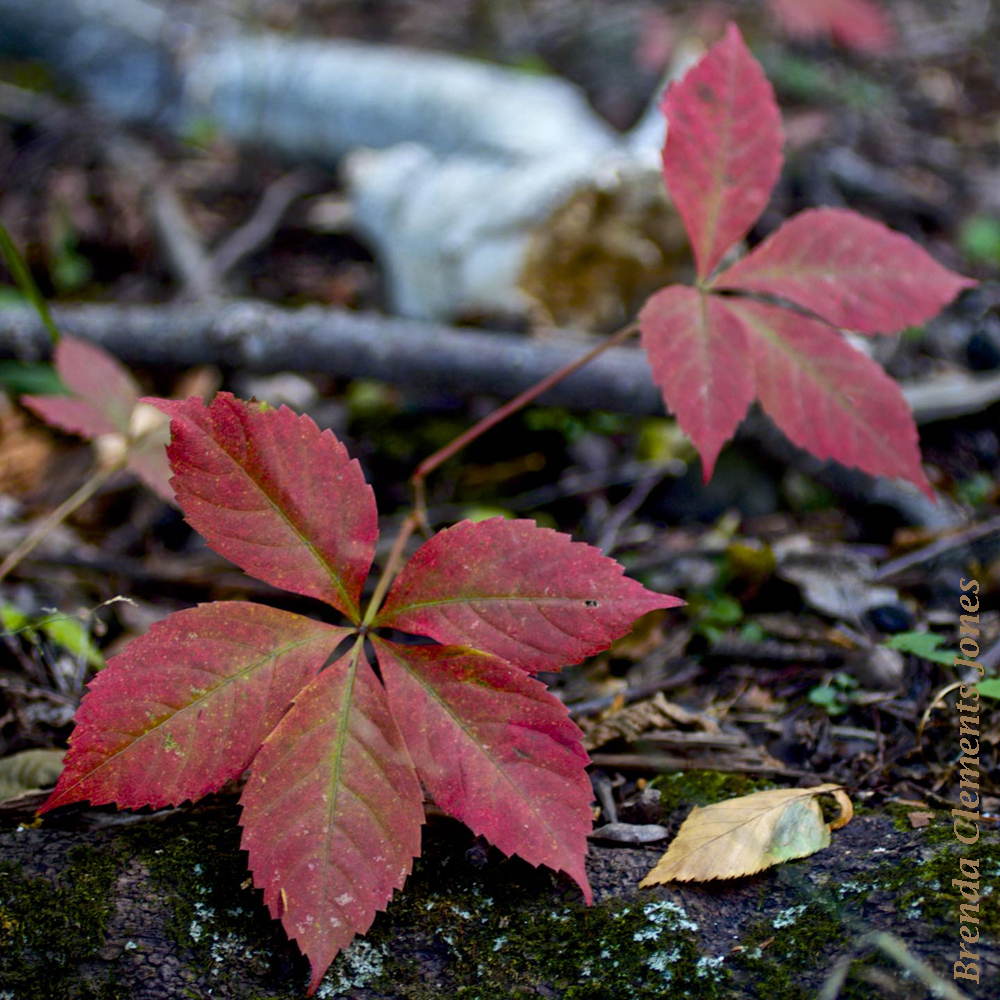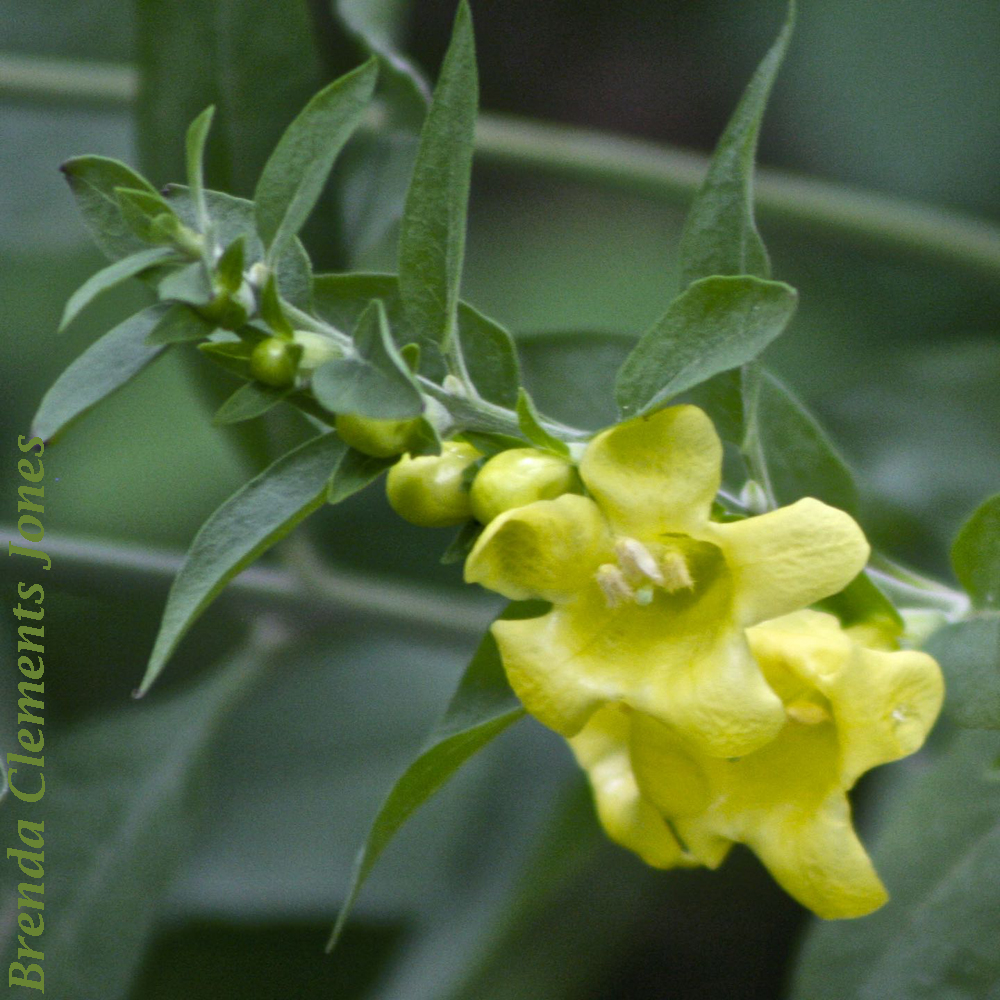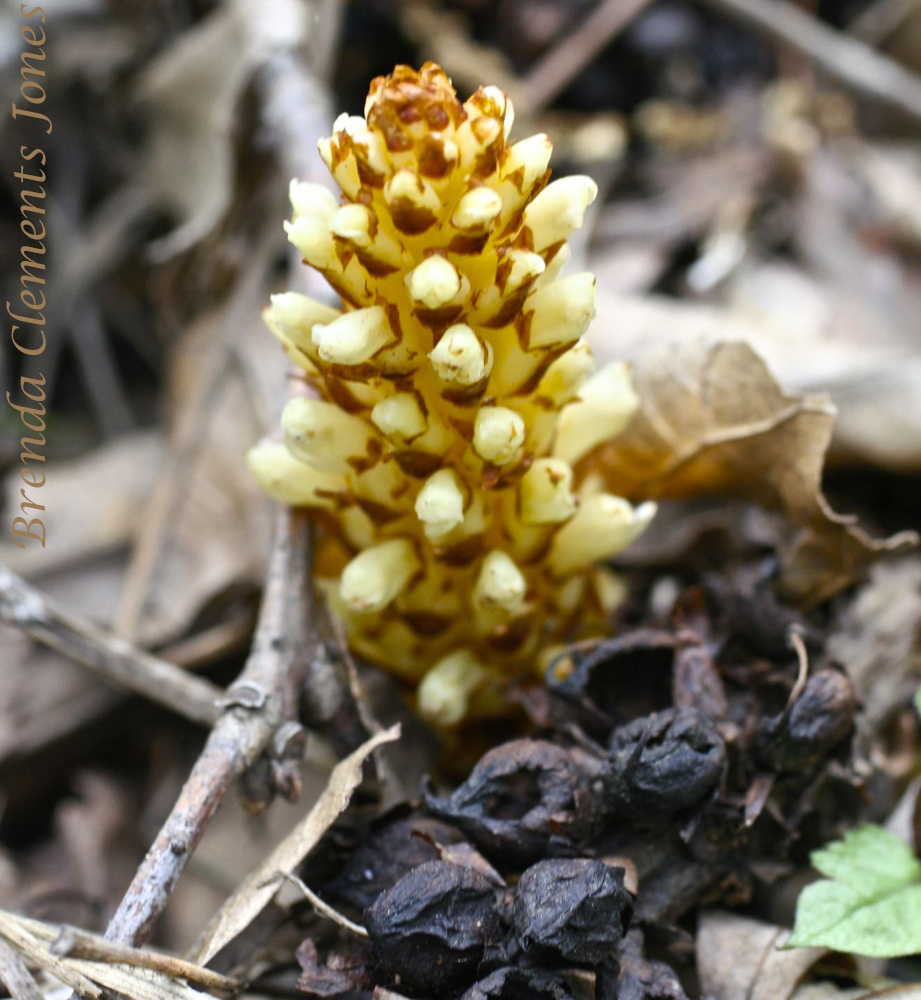-
Newly Emerged Leaves
Sassafras (Sassafras albidum) leaves just beginning their growth. But why are they red? The red coloring often seen in new leaves is because of anthocyanin, a pigment which give those leaves that coloring. As the leaves mature and begin the process of photosynthesis, they gain the green pigment, chlorophyll, which gives them the coloring which…
-
After the Pink

First comes the bubblegum pink of the Redbud (Cercis canadensis) flowers. Now as the blooms drop to the ground the leaves are making their way into the world. The leaves are first blushed with red then to the green we know through spring and into summer. The green indicates the presence of chlorophyll which is…
-
Autumn Color Change

During the summer months the trees around us are covered with green leaves. The green color in those leaves is thanks to a green pigment, chlorophyll, that the leaves use to capture the sun’s energy. That energy is used to change water and carbon dioxide into glucose and oxygen, in a process called photosynthesis. Glucose…
-
Smooth False Foxglove

To some degree Smooth False Foxglove (Aureolaria laevigata) is a parasite, depending a bit on its host plant, the mighty Oak Tree. It can be referred to as a partial plant parasite, a semiparasite, or a hemiparasite. This means, it is not entirely dependent upon the roots of an Oak Tree for all its sustenance.…
-
Bear Corn

There are so many awesome treasures to be found in the woods. One of those treasures that is right up there near the top of my list is Bear Corn (Conopholis americana). It’s a native to eastern North America. This is a plant that doesn’t have a speck of the color green because Bear Corn…